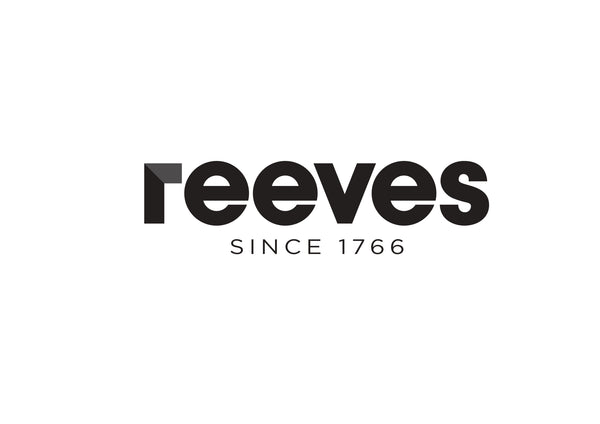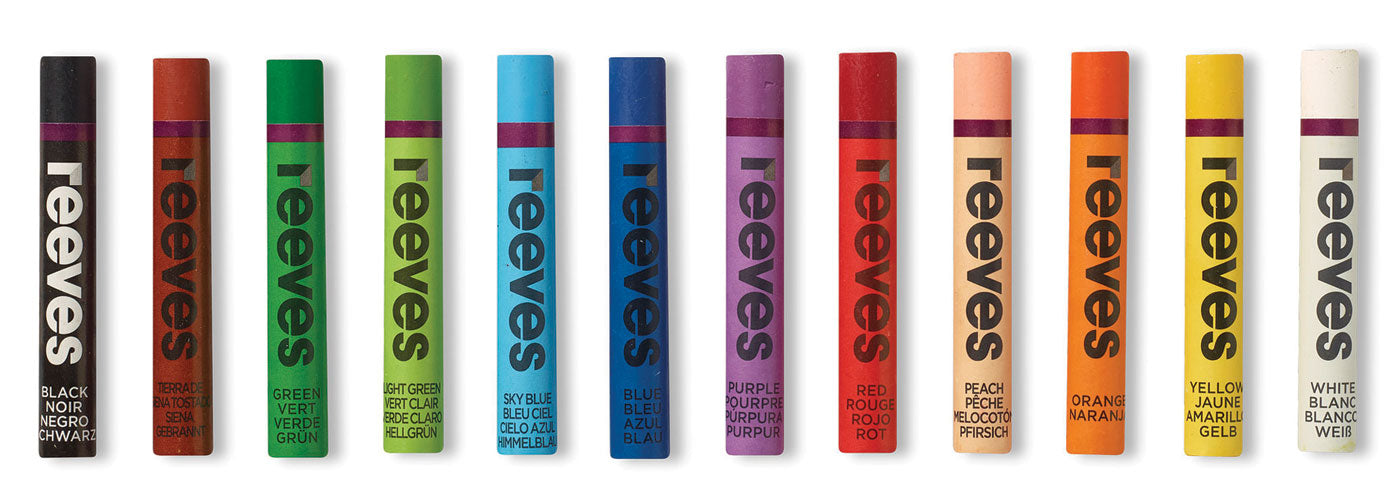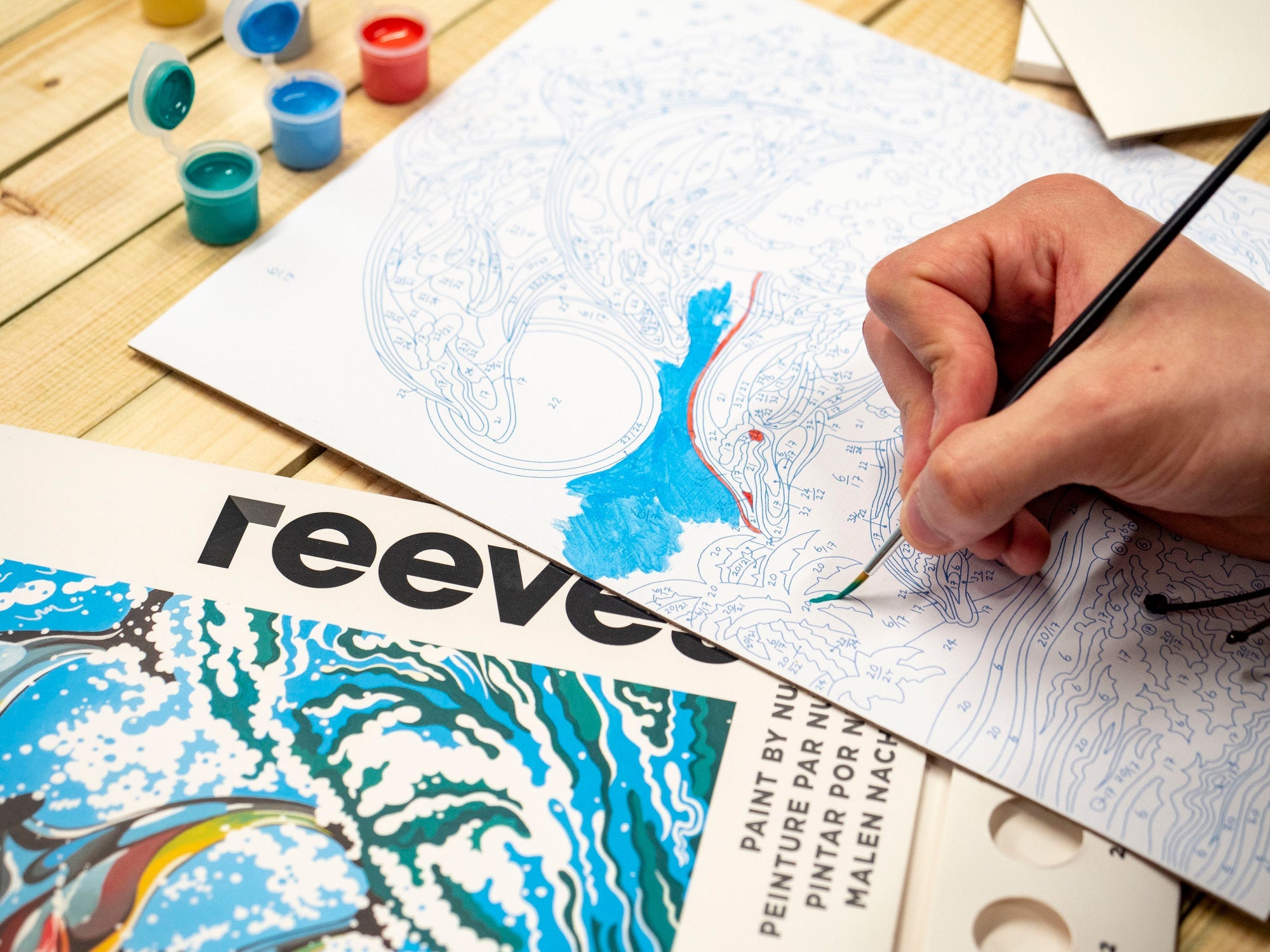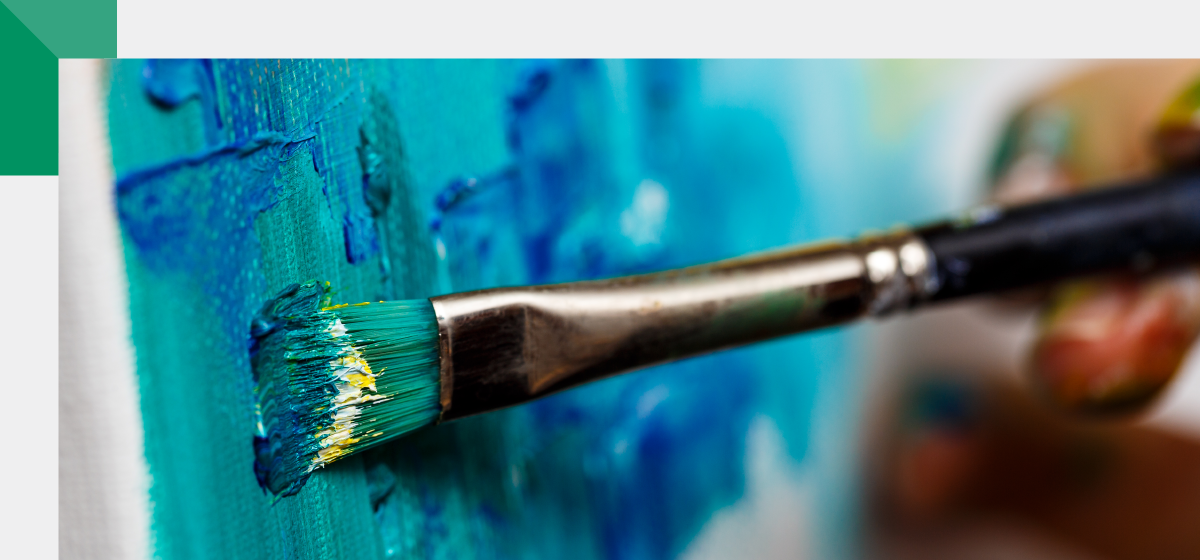Although often over-looked in favour of watercolour or acrylic, Gouache has a long history dating back hundreds of years. Deriving from the Italian word ‘guazzo’ (mud), just as with watercolour, gouache can be re-wetted and re-worked, which makes it particularly helpful if you prefer re-touching and re-doing parts of your work over a period of time.
Thanks to its quick-drying properties, opaqueness, and flexibility - even when dry - gouache paint is commonly used on things like comics, graphic-designs and posters. With its smooth matt finish and layering properties, it's perfect for beginners to experiment with and enjoy its bright colours and powerful opacity.
What is Gouache Paint
Gouache (pronounced ‘gwosh’), is made from a mixture of pigment, water and a binding agent, giving it the opacity of acrylics combined with the fluidity of watercolours. Similar to watercolour, gouache is typically diluted with water before being applied. But gouache has a larger pigment ratio making it a heavier paint with a thicker texture - more like acrylic.
When diluted, Gouache has a striking translucent appearance, but it can be a difficult medium to paint with. Gouache dries differently to how it looks when wet. Lighter colours tend to dry darker and darker colours dry lighter. These unique drying characteristics make it difficult to achieve consistent colour.
Gouache Painting Tips
• Experiment with different brushes and techniques
• Practice mixing colours to learn how they interact
• Gouache dries differently so practice getting colours to match when they're dry
• Rinse your brushes regularly to keep them clean and avoid paint building up
• To prevent it drying out, store gouache in an airtight container.
Surfaces for Gouache
Even if you have all of your stunning gouache paints sitting in a row ready to go, as with any type of art, it is so vital to always consider the surface that you will be using first. Happily, gouache is versatile and works well on both paper and canvas which is ideal if you have a preference towards one or the other.
Watercolour Paper
For gouache painting on paper, use watercolour paper. If you consider that gouache is a sort of opaque watercolour then you can understand why this paper works well. Reeves watercolour paper is perfect; as it's designed for water-based painting media and robust enough to handle the heavier gouache paint.
Canvas
Gouache works well on canvas especially if you plan on painting lots of layers or if you will spend several weeks working on the same project. With gesso-primed canvases, the gouache paint will easily adhere to the surface; just remember to avoid painting in high humidity or over-stretching the canvas as gouache isn't as robust as oil paint.



